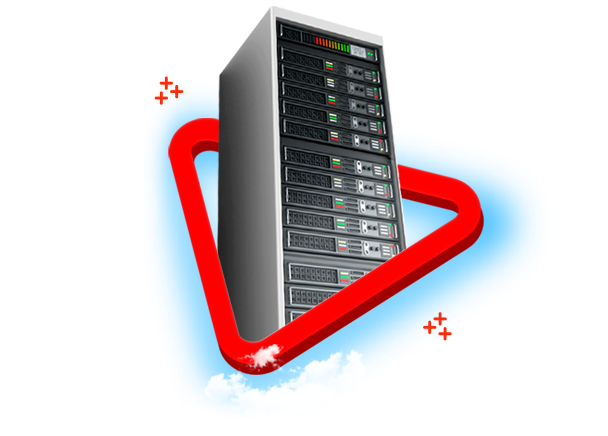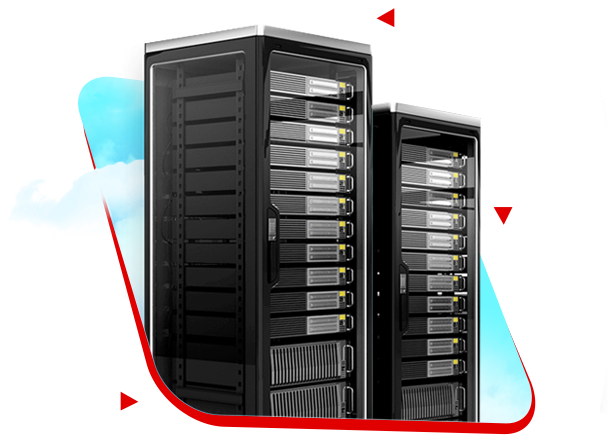
To use Redis, just look at the smartphone app marketplaces to see how popular mobile apps are these days. On the other hand, we see many businesses that have transferred their business to websites and have achieved more success in this way.
This has made the programs that run on the server side find more contacts. The mechanism of these programs should be such that they can respond to the high volume of requests on the server side. On the other hand, these requests must be answered quickly so that we don’t see data traffic.
Meanwhile, as you know better than us, the best solution is to use NoSQL databases. One of the most popular and efficient Redis database servers.
Most likely, you have heard a lot about Redis and you have been asked what is Redis and what are its features. For this purpose, we are going to take a look at Redis and get to know its features.
What is Redis?
Table of Contents
To define Redis, we visited its official website with the address redis.io, in this website it is defined that:
Redis stands for Remote Dilctionary Server. In fact, Redis is a type of data structure that is placed in RAM and information is temporarily stored in it.
Redis stores data with a key-value system, and thanks to this feature, accessing and retrieving this information will be much easier since there is no complex relationship between the data.
What is Key-Value?
Key-Value is a type of server or storage where information is stored as key and value pairs. For example, if I say Name = Samira, my key will be Name and its value will be Samira.
In Redis, information is stored in the same way, and it can be said that Redis is a Key-Value database that stores information in RAM; So the speed of accessing information will be multiplied.
Note: In Redis, each record has a title and a data.
I will give an example to better understand the use of Redis.
Let’s say we have a website selling plane tickets. Every day, thousands of users enter our site and search for their origin and destination in the specified fields. Our task is to answer the requests very quickly and provide the results to the users.
Now, in this situation, if we want to connect to the server every time and use the main memory, both the costs will be very high (because we have to get more RAM, for example) and the work speed will decrease.
To solve this problem, we can use Redis as a temporary database and put information that is very frequently used (such as the same source and destination) into it. In this way, fewer resources from the server are involved and we respond to the user’s request faster.
These days we see that Redis supports various types of data such as String, Hash, List, Set and Sorted Set. On the other hand, due to the fact that the data is deployed by Redis in the main memory, this process has a significant speed.
These things make Redis a good option for Caching, Counting, Queues and Pub and Sub.
What is the difference between Redis and other databases?
Redis is completely different from databases like MySQL and Oracle; Because there is no mention of columns, rows, tables, functions, etc. Also, Redis does not use the commands Select, Insert, Update, Delete, etc.
Instead, Redis uses data structures such as Strings, Lists, Sets, Hashes, etc., to organize information. In addition, it is not bad to know that the interaction with Redis is done through the command.
What is the application of Caching in Redis?
As you must know well, Caching is used when we intend to access the hard disk less. In other words, in Caching, information is stored in temporary memory, which increases the speed of accessing and loading information. In this way, instead of visiting several times to retrieve information from the servers, this information is received once and placed in Redis in the form of a cache, which is Caching.
In this way, in addition to saving time and increasing speed, less access to required resources is done, which also helps further optimization.
Attention!
In Redis, information is stored in temporary memory and Cache. This makes them much faster to access, but the other side of the coin is that you won’t be able to store data permanently in Redis!
In this way, suppose that if you intend to permanently store the important information of a business set, Redis will not be useful in this context. But on the other hand, you can open an account on Redis to store cookies, session, user login and logout information, and data sharing.
In simpler terms, any data that does not need permanent storage can be managed with Redis.
Why is Redis recommended?
Redis is easy to use and this feature has made many developers use it. But the benefits of Redis do not end there. Below are some examples of the important advantages of Redis.
High speed
In the computer world, speed is the first word, and technologies that provide more speed to users and managers have more fans. The strength of Redis is the speed of this technology, and since it is written in C language, we see a significant increase in speed in Redis.
Structure similar to NoSQL database
The structure of Redis is known as a NoSQL database and this feature has made it popular among developers. Redis also has an in-memory data structure; That means it stores data in RAM using random access memory.
All these things have gone hand in hand so that big technology companies tend to use Redis more and more day by day, in this context, we can mention big sites like Github, Weibo, Pinterest, Snapchat, Craigslist, Diggs, StackOverflow and FlickR. In this way, we expect to see an increase in the range of Redis users in the future.
reduction in costs
As we said, with Redis, you involve less resources on the server and you need less expensive infrastructure. Especially if you use cloud computing services, this cost reduction will be more tangible for you.
Support for different programming languages
Redis supports most of the popular programming languages in the world. Languages such as JavaScript, Java, Go, C, C++, C#, Python, Objective C and PHP are well compatible with Redis, and it can be said that Redis meets the needs of a wide range of developers.
These things have made it easier for developers to learn and interact with Redis, which has also made it more popular and used. Fortunately, the Redis installation process is very simple and it can be installed and ready to use by typing a few commands.
Final word
In general, it must be said that the popularity of Redis is not without reason, and since developers are looking for tools to increase the speed of information access, this technology has given a good answer to the needs of developers.
Fortunately, as we mentioned, installing and setting up Redis is very simple and there are many documentations for its training, in this field you can refer to Redis trainings on its official website. With this account, we suggest that since Redis is considered as the most famous and reliable Key, Value database, you must try this new technology.
In the end, if you have a good experience working with Redis, please let us and other users know about your useful experiences in the comments section.
CATEGORY:Blog











